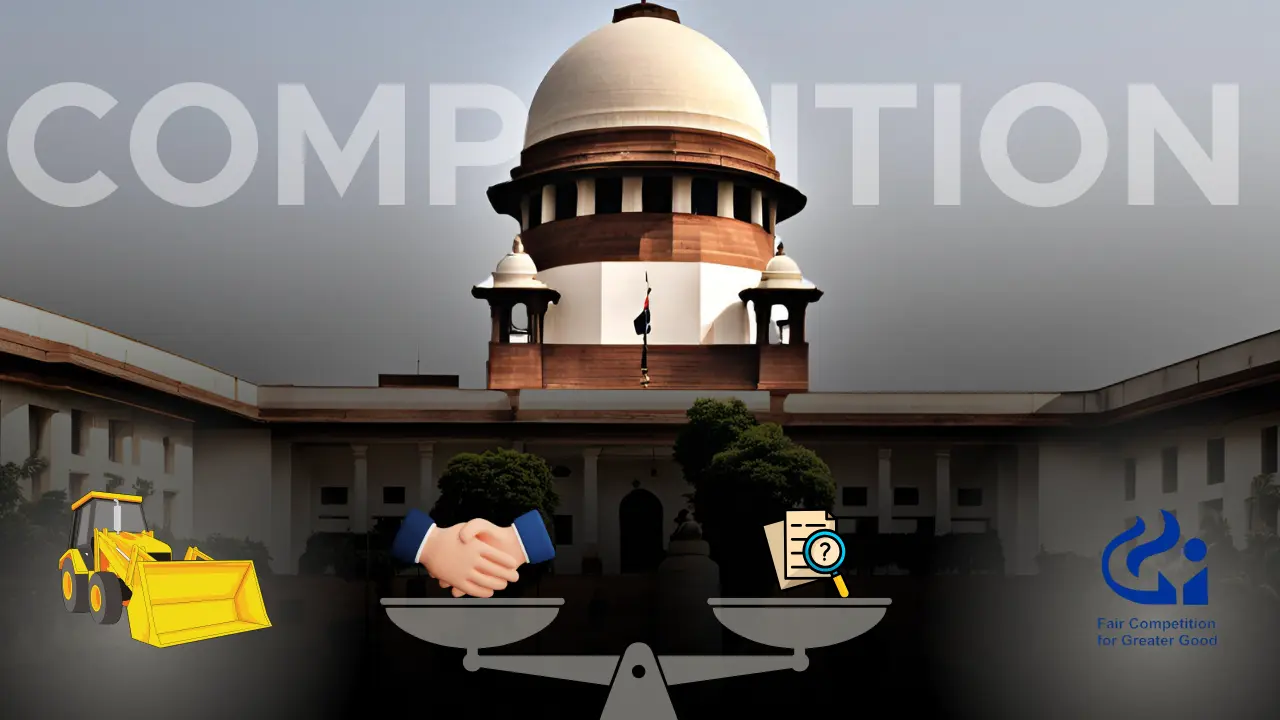The MSME1 sector stands as a crucial pillar of economies worldwide, particularly in India, where it significantly contributes to economic growth, job creation, and fostering innovation. Recognising the inherent vulnerabilities of MSMEs, especially amidst economic downturns, insolvency frameworks globally have sought to adapt and provide efficient mechanisms for their revival. In India, a landmark reform in this direction has been the introduction of the Pre-Packaged Insolvency Resolution Process (PPIRP) under IBC.
The PPIRP is a distinctive hybrid insolvency framework engineered to deliver a swift, cost-effective, and efficient resolution for financially distressed MSMEs. Introduced in India through Chapter IIIA amendments to the IBC in April 2021, it combines the flexibility and economic advantages of informal, out-of-court negotiations with legal certainty in formal insolvency proceedings.
PPIRP differs fundamentally from the traditional CIRP2. In a CIRP, the resolution plan is typically formulated through a formal bidding process. Conversely, under PPIRP, the resolution plan is substantially discussed and agreed upon by the involved parties even before an application is filed with the Adjudicating Authority for final approval. This ‘debtor-in-possession’ (DIP) model is a cornerstone of PPIRP, allowing the existing management to retain control over the company’s operations throughout the resolution period. This aspect is particularly suitable for MSMEs, as their smaller size and intricate operational details often mean that only the existing promoters possess the necessary in-depth knowledge for effective day-to-day functioning and value preservation. The continuity of business under the DIP model minimises operational disruption, preserves employment, and protects enterprise value, avoiding the stigma often associated with formal insolvency processes.
To initiate a PPIRP in India, specific conditions must be met, ensuring the process is judiciously applied to deserving MSMEs:
Default Threshold: The Corporate Debtor (CD) must have committed a default of at least INR 10 lakh. However, it is crucial to note that PPIRP is not applicable if the default amount exceeds INR 1 crore.
Prior Insolvency History: The MSME applying for PPIRP must not have undergone a PPIRP or completed a CIRP within the three years immediately preceding the proposed initiation date.
Simultaneous Proceedings: PPIRP and CIRP cannot run concurrently. Therefore, the MSME must not be undergoing any active CIRP.
Eligibility of Resolution Applicant: The MSME must be eligible under Section 29A IBC, meaning it should not be a disqualified entity to be a resolution applicant.
Liquidation Status: The MSME must not have been ordered to be liquidated as per Section 33 IBC.
Creditor Approval: A critical pre-admission requirement is obtaining the approval of at least 66% of the unrelated financial creditors (FCs) for the initiation of a PPIRP.
Base Resolution Plan (BRP): The CD is tasked with preparing a base resolution plan, which is then reviewed by the financial creditors. This pre-agreed plan is a hallmark of PPIRP, streamlining the judicial approval process.
Strict Timelines: Once an application is submitted, the Adjudicating Authority is required to admit or reject it within 14 days. If admitted, a resolution plan must be submitted to NCLT3 within 90 days, with an additional 30 days allocated for the NCLT to approve or reject the plan. The statutory timeline for the entire PPIRP is capped at 120 days. Failure to submit a plan within 90 days results in the termination of the PPIRP.
This structure ensures a fast, cost-efficient, and effective method for resolving financial stress before the value of the company deteriorates.
The Rationale Behind PPIRP
The genesis of PPIRP in India is deeply rooted in the economic landscape and the critical role played by the MSME sector. Comprising over 63.39 million unincorporated and non-agriculture businesses and an additional 2.4 million registered companies, the MSME universe is a massive and dynamic ecosystem. This macrocosm is projected to grow at a CAGR4 of 2.5%, potentially reaching approximately 75 million in the near future. Despite its immense size and growth potential, only about 25 million MSMEs have historically accessed credit from formal sources, leaving a vast majority vulnerable to financial shocks and liquidity crunches, as starkly highlighted by the COVID-19 pandemic.
The fundamental rationale behind incorporating MSMEs into the PPIRP framework stems from the urgent need for a swift and cost-effective mechanism for their revival. The traditional CIRP often proves lengthy and financially draining, potentially leading to significant value erosion for MSMEs. PPIRP aims to circumvent these pitfalls by allowing for prior consensus on a resolution plan, thereby streamlining the approval process and reducing associated delays and costs. This accelerated process is designed to expedite insolvency resolutions, minimize economic impact, and provide stakeholders with quicker clarity on the future of the distressed entity. By enabling proactive engagement by the debtor in addressing insolvency issues, PPIRP fosters a more collaborative and efficient resolution process.
The Indian Position and Global Context of Pre-Packs
The inception of the PPIRP in India was a deliberative process, emerging from the recommendations of the Insolvency Law Committee which identified the imperative for a quicker resolution mechanism within the Insolvency Code. A dedicated sub-committee, under the leadership of Dr. M. S. Sahoo, meticulously examined the feasibility of PPIRP, presenting its suggestions to the government on October 31, 2020. Subsequently, these proposals culminated in the issuance of an Ordinance on April 4, 2021, which was later formalized as the IBC (Amendment) Act, 2021, with retroactive effect from the same date. This landmark legislative action introduced Chapter III-A, encompassing Sections 54A to 54P, into Part II of the IBC, thereby formally enshrining the PPIRP specifically for MSMEs.
Pre-packaged insolvency resolutions, or “pre-packs,” have emerged as a significant restructuring tool in insolvency practices across major jurisdictions worldwide. Their evolution has largely been driven by market practices rather than solely by statutory design. Drawing inspiration from pioneering jurisdictions like the UK and USA, pre-packs typically involve negotiations for the sale of a company’s business and assets prior to, or immediately upon, the appointment of an administrator or an equivalent insolvency professional. This approach is lauded for its ability to significantly reduce the duration and costs associated with traditional insolvency proceedings, thereby minimizing the loss of reputation, employees, suppliers, and goodwill that often accompanies such processes.
The international adoption of pre-packs tells about their potential as an effective restructuring tool. However, their ultimate success is contingent upon specific market conditions and the institutional frameworks in place. This evolution signifies a notable shift in insolvency practice, moving away from purely court-centered processes towards more flexible, market-oriented solutions that prioritize business rescue and value preservation. As various jurisdictions continue to adapt and refine their pre-pack approaches, the ongoing focus remains on striking a delicate balance between efficiency, creditor protection, transparency, and effective oversight.
Challenges and Areas for Improvement in PPIRP Implementation
One of the primary claims surrounding PPIRP is its nature as an expedited procedure, designed for quick and cost-effective resolution. IBC indeed prescribes a strict timeline of 120 days for the completion of a PPIRP. However, the reality on the ground often diverges from this ideal due to various factors like Section 54C(4) requires the Adjudicating Authority to admit or reject an application within 14 days, the entertainment of objections and interventions at the initial stage can significantly derail this timeline. In Krrish Realtech Pvt Ltd5 the time-bound nature of PPIRP and the need to avoid unnecessary delays was acknowledged, it was also held that there is no prohibition on hearing objectors to ensure the process is conducted lawfully. This has, in practice, “opened the floodgates” for objections, as evidenced by cases like Loon Land Developers Ltd6, where objections regarding MSME status delayed finality for 445 days. Even in GCCL Infrastructure and Projects Limited7, despite initial approval of the base resolution plan, the matter remained pending before the NCLT due to questions about the CoC8 commercial wisdom and merger proposals.
The Code does not explicitly clarify whether the 120-day timeline is mandatory or directory, or if extensions can be granted. However, in Kethos Tiles (P) Ltd9 ,NCLAT10 clearly stated that discretion is contemplated in the PPIRP scheme, allowing the authority to grant extensions for sufficient cause, arguing that strict adherence could be detrimental to the scheme’s realization. While intended to prevent premature termination, this provision can make it challenging to achieve effective resolution within the stipulated time.
Despite its advantages, the PPIRP framework has seen a relatively limited uptake since its introduction in April 2021. This suggests a need for greater advocacy and awareness among relevant stakeholders. In some jurisdictions, particularly the UK, concerns exist about “phoenixing,” where companies re-emerge under similar management, potentially avoiding loan repayments and sustaining unviable operations. While not widespread in India, this practice raises questions about the long-term viability of entities emerging from pre-pack sales.
Conclusion
The PPIRP framework was thoughtfully devised to offer an alternative, proactive mechanism for addressing the financial distress of MSMEs in India, considering their distinct business nature and simpler corporate structures. Despite the relatively limited uptake observed thus far, there is a clear and recognised need for continued reforms and enhancements to solidify its efficacy and ensure its wider acceptance. The successful implementation of PPIRP necessitates a concerted and multi-pronged approach: advocating its benefits vigorously to relevant stakeholders, strengthening the institutional infrastructure that supports its operation, and fostering deep engagement with key participants throughout the process. By strategically addressing its inherent complexities and unforeseen delays, and by continuously learning from real-world experiences, the PPIRP has the potential to accelerate the resolution of MSMEs, offering significant economic benefits and crucial flexibility, thereby reinforcing India’s commitment to supporting its vital MSME sector.
Citations
- MSME – Micro, Small and Medium Enterprises
- CIRP – Corporate Insolvency Resolution Process
- NCLT – National Company Law Tribunal
- CAGR – Compound Annual Growth Rate
- Company Appeal (AT) (Insolvency) Nos. 1008, 1009 & 1010 of 2021
- CP (IB)-(PP)-03(PB)2021
- CP (IB) No./116/AHM/NCLT/2021
- CoC – Committee of Creditors
- Company Appeal (AT) (Insolvency) No. 1173 of 2024
- NCLAT – National Company Law Appellate Tribunal
Expositor(s): Adv. Khushboo Saraf






